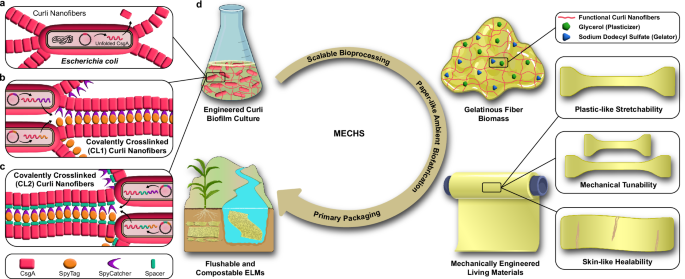
Scientists Dropped Gophers Onto Mount St Helens For 1 Day. 40 Years Later, The Effect Is Astonishing | IFLScience
When Mount St Helens erupted in 1980, the resulting lava, ash, and debris turned the landscape barren for miles around. It was clear the land would take a long time to recover from the eruption. But one team of scientists had an idea about how they could help speed up the process; sending a few gophers there on a day trip.
Plant life struggled to return to the area around Mount St Helens, now under a layer of pumice fragments. While the top layers of soil were destroyed by the eruption and lava flows, the soil underneath could still be rich in bacteria and fungi.
"Soil microorganisms regulate nutrient cycling, interact with many other organisms, and therefore may support successional pathways and complementary ecosystem functions, even in harsh conditions," a team of researchers explained in a new paper on the area's recovery.
"With the exception of a few weeds, there is no way most plant roots are efficient enough to get all the nutrients and water they need by themselves," study co-author, University of California Riverside microbiologist Michael Allen, explained in a statement. "The fungi transport these things to the plant and get carbon they need for their own growth in exchange."




















